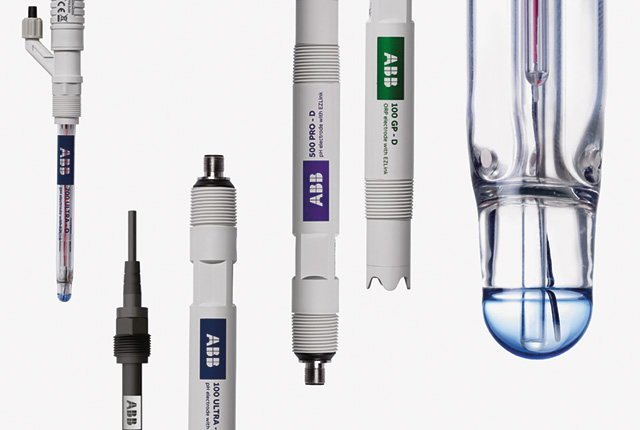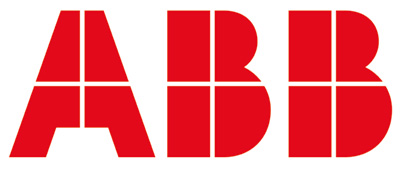pH sensors are important for a variety of purposes, and these easy to follow guidelines should help you measure pH accurately and keep your sensors in good working order, thereby reducing costs and maintaining product quality.

- Choose the right equipment
There’s no such thing as a ‘universal’ sensor for every application. The range of pH sensors include, for example:
• High temperature glass for applications 90˚C or higher
• Low temperature glass in applications from 15˚C down to below zero
• Flat profile glass – self-cleansing where particles could foul the sensor
• Bulb glass for applications up to 140˚C and 10 bar (g). - Install for easy access
Easy access will reduce the effort required whenever calibration, checking or occasional replacement is needed. - Watch out for air
Exposure to air can dry out pH glass and form crystalline deposits at the reference junction, dramatically reducing the sensor’s service life. Mount the sensor where it is constantly wetted, e.g. in a U-bend to ensure a sample is always captured. - Do you really need to calibrate?
The frequency of calibration varies. However, in many cases adjustments are unnecessary if there is a difference of less than 0.2 pH between a sample measurement and the process pH meter. - Make sure the sensor is adjusted for temperature
In-line sensors measure at up to 140°C, so may need time to cool to calibration temperature before attempting a calibration. - Clean the sensor regularly
Using sensors with an automatic cleaning capability can reduce the requirement for manual cleaning. Failure to clean a sensor regularly can result in excessive fouling, reduced accuracy and a shortened service life.

For more information, email enquiries.mp.uk@gb.abb.com
or call 0870 600 6122 ref. ‘digital pH’.


